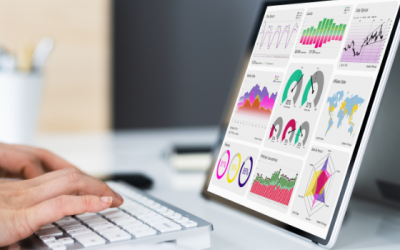You’ve heard it before, Human Resource professionals are “people people.” They are put in charge of managing employee benefits, resolving personnel conflicts, handling company parties, planning award banquets, and providing upper management with employee headcount updates and onboarding plans. But the importance of the workforce to business innovation and revenue growth is mandating that HR take a more strategic role in the organization – including focusing more heavily on workforce analytics. So how do you transition HR professionals into a mindset of more analytical thinking? It starts with HR getting back to basics and rethinking analytics within HR.
In order to get to end state analytical goals, HR needs to better understand their employee population. By dissecting population profiles by various demographics including performance and productivity trends, managers and HR will begin to understand how the makeup of their employee population begins to impact the ability to innovate and produce work.
For example, we’ve all had great bosses and some not so great bosses, and we know that the good ones motivate greater productivity and enthusiasm from employees. Utilizing a workforce analytics platform – such as ZeroedIn – can help you identify the top 20% of managers in the organization, run profiles on the average time someone needs to be in management before success, if there is a minimum tenure in the organization, or a set of specific competencies that can be measured. This type of information can help you both reward top employees but also understand what it takes to evolve and shape the workforce to hopefully increase the numbers of highly effective people.
Most managers agree that compensation directly affects performance. Wouldn’t it be nice if you could predict future performance instead of relying on the past to reward employees? Having a real picture of potential and rewarding to that in advance could drive even greater innovation from people who are already wired to be strong performers.
While it’s great to have reports on demographics, it’s not necessarily going to predict success in the future. The attributes of high producers may turn out to be related to type of college they went to or how much support staff they have. Managers who are net exporters of talent may have been recruited from certain industries or competitors. Engagement may have almost nothing to do with the manager relationship, and instead there may be a major correlation to a Myers-Briggs profile that happens to align well with your company culture. These are all hypothetical examples, but the point is that nobody will ever know what drives important behaviors if HR does not look beyond turnover and headcount reports.
To rethink Human Resources, managers need to become more analytical, embrace business data, explore workforce analytics technology and grow into more strategic leaders. Let ZeroedIn help your company’s “people people” become more analytical thinkers. Contact ZeroedIn today to find out more.




